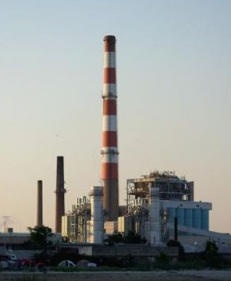Campaign to Replace Off-Road Gas Engines
by Stanley Heller, Promoting Enduring Peace
Do you enjoy the smell of leaf blowers or lawnmowers in the afternoon? How about the sound which can equal the decibels at close range of jackhammers? If you don’t like it, think about the lawncare worker who has to put up with it for 6 or 8 hours a day.
Promoting Enduring Peace is working to get these machines replaced with electric versions. The two biggest reasons are their greenhouse gas emissions and the danger to the workers. The typical leaf blower uses a two-stroke engine and unlike an auto or truck has nothing on it to limit pollution. In 2011 the car company did a study and found that the “hydrocarbon emissions from a half-hour of yard work with the two-stroke leaf blower are about the same as a 3,900-mile drive from Texas to Alaska in a [Ford-150] Raptor.” Sounds crazy, but it hasn’t been refuted.
The biggest danger is to lawncare workers. They breathe in aerosolized fuel and other pollutants for hours a day, greatly increasing their chances of getting cancer. Most wear sound-protecting ear gear, but it’s unclear the amount of protection they give. The second danger is less immediate, but affects all of us, the carbon dioxide these machines send into the air. A study in 2015 by the EPA found that 4% of the CO2 the US sends off each year comes from these machines.
Electric-powered lawn equipment has been getting better and more powerful and can do the work of the fossil fuel-powered machines. We need legislators to propose measures to deal with the transition. It’s been done in California. The sale of off-road gas engines will be illegal there in 2024. There are local efforts in Stamford, New Haven and Hamden to ban the leaf blowers, but we need to think bigger.
One thing that could be done is to give away free electric-powered machines in exchange for the gas-powered relics. Rebates and incentives are part of the law about these engines in California.
To help out with this effort contact [email protected].
